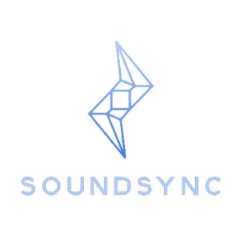This week started with helping Caleb prepare for the Design Review Presentation. This involved finishing up the slides for the presentation, and creating a thorough and informative block diagram. After Caleb presented, we started working on the Design Report. I wrote outlines and subsections for the Architecture and Principles of Operation section, Use-Case Requirements section, and the Design Requirements section.
On the technical side, I looked at more research papers regarding Dynamic Time Warping, specifically papers written by Dr. Roger Dannenberg. One paper that I looked very closely at is his paper regarding polyphonic audio alignment: Polyphonic Audio Matching for Score Following and
Intelligent Audio Editors (https://citeseerx.ist.psu.edu/document?repid=rep1&type=pdf&doi=5fd3ed7924505b35f14dbc1bad99155ae97e8655). Here, Dr. Dannenberg explored using Chroma Vector Analysis for differentiating different pitches among different instruments playing at once. This is something that I want to explore more because this could make our audio alignment program more robust. My team and I will be meeting Dr. Dannenberg on Monday, to ask more about his Chroma Vector implementation for audio alignment.
Additionally, I worked on the frequency filtering that we will be using for filtering our signal so that it is more smooth and has less noise, but also for the instrument filtering. I looked at MATLAB documentation of various digital filters that can be used for frequency filtering. https://www.mathworks.com/help/signal/ug/practical-introduction-to-digital-filter-design.html
So far, my progress is on schedule, and next week I plan to look more into DTW and frequency filtering.

